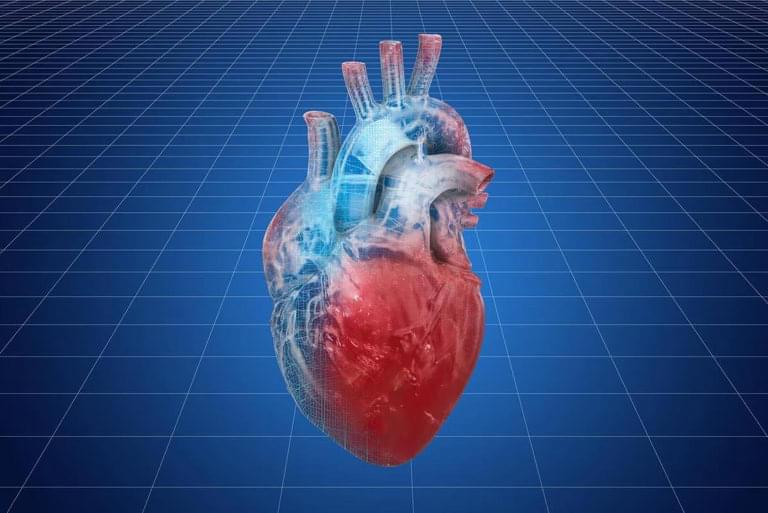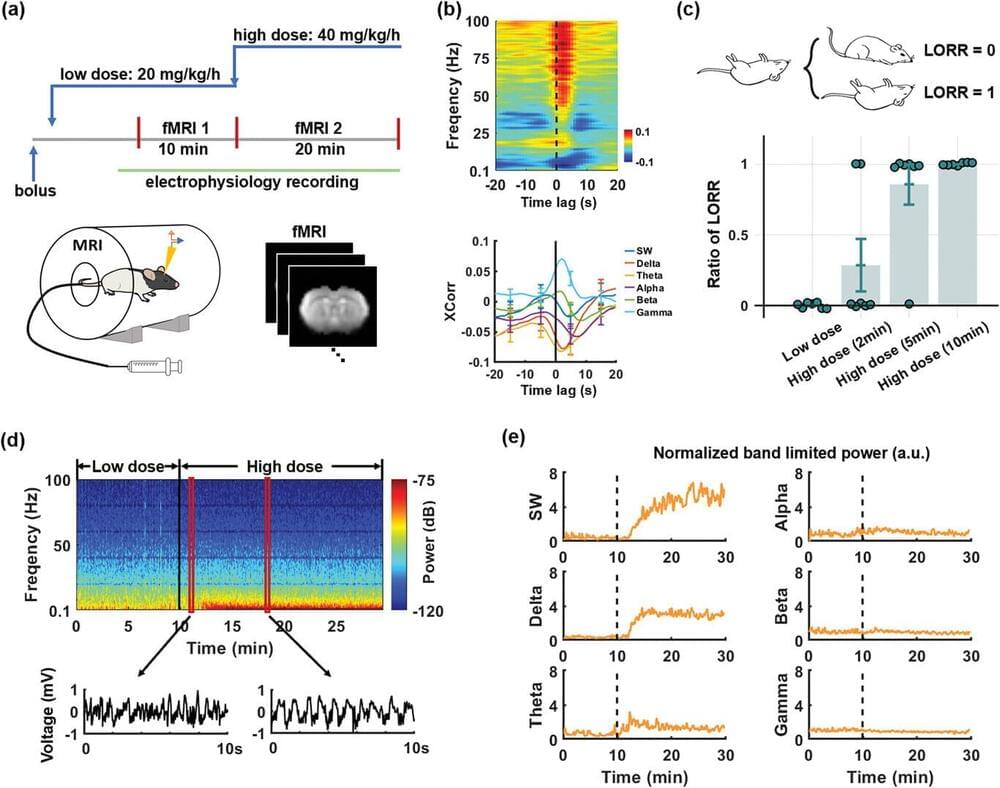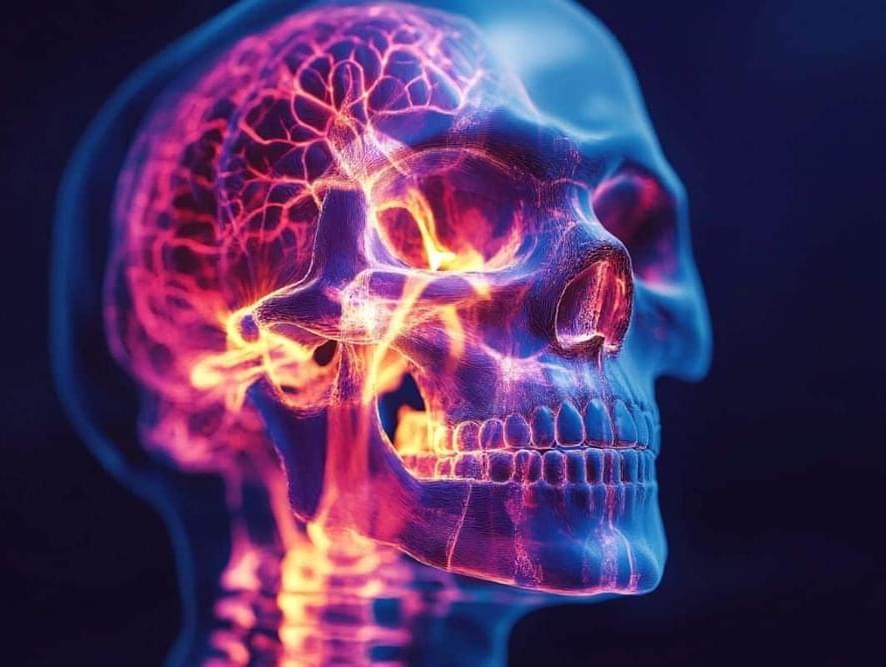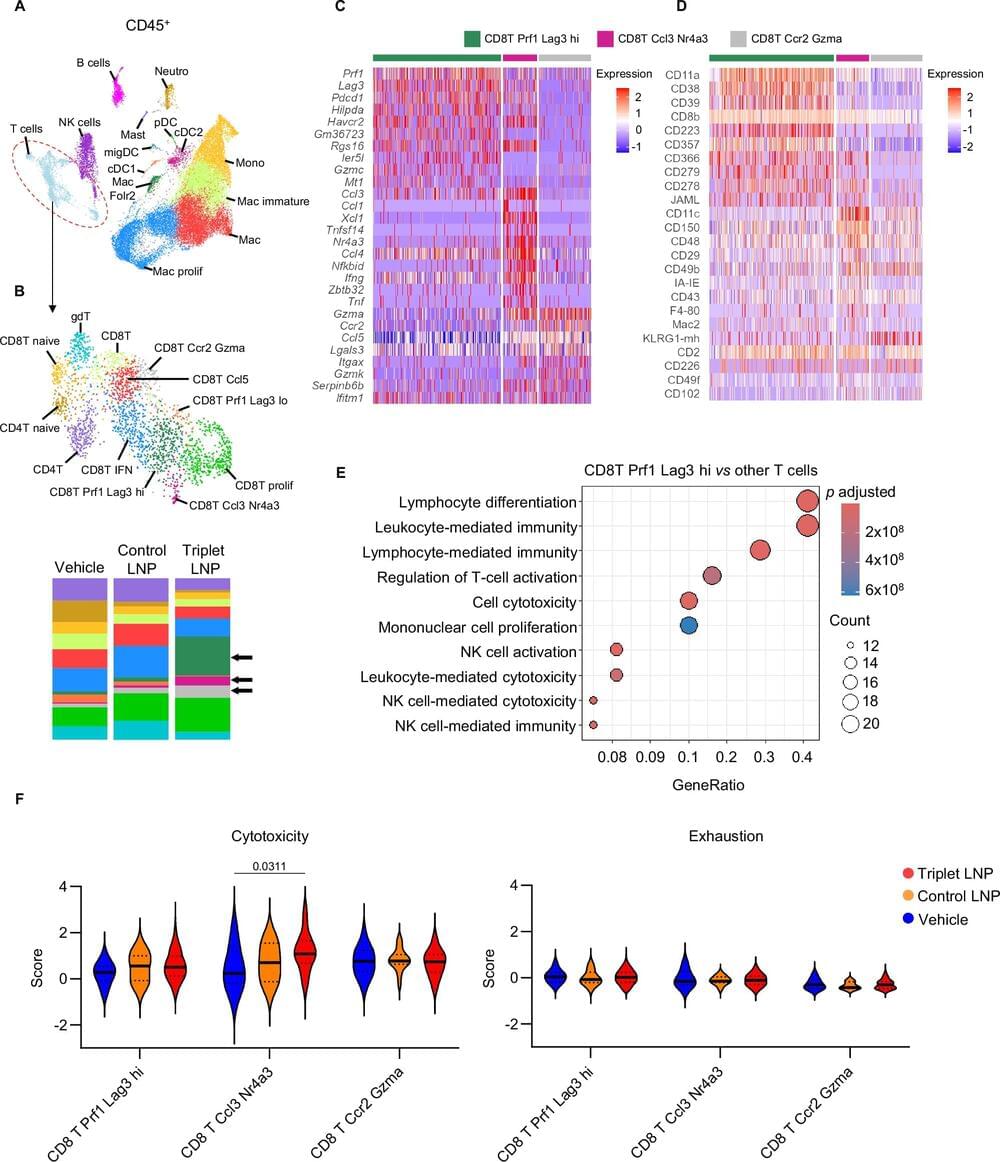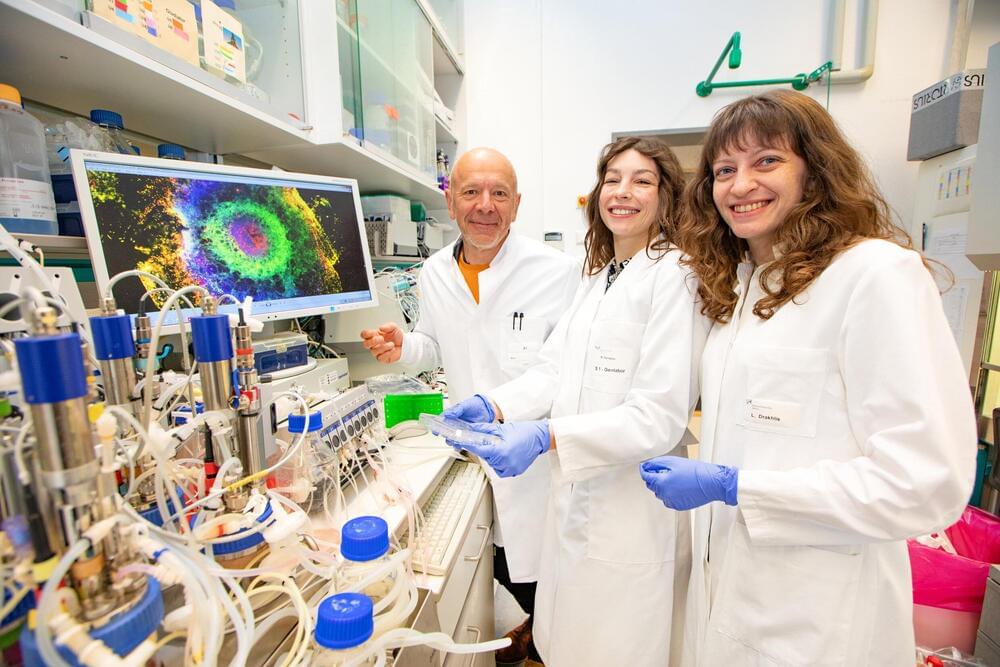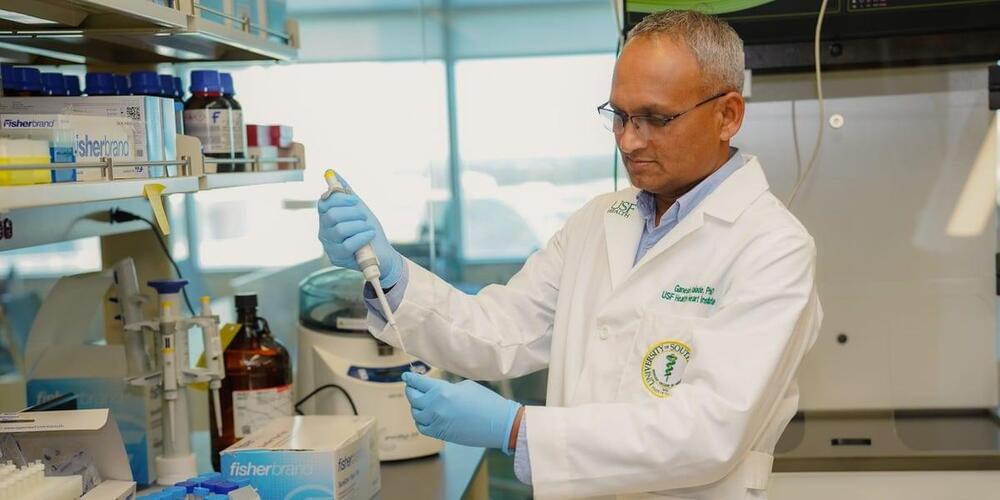Achieving the aggregation of different mutation types at multiple genomic loci and generating transgene-free plants in the T0 generation is an important goal in crop breeding. Although prime editing (PE), as the latest precise gene editing technology, can achieve any type of base substitution and small insertions or deletions, there are significant differences in efficiency between different editing sites, making it a major challenge to aggregate multiple mutation types within the same plant.
Recently, a collaborative research team led by Li Jiayang from the Institute of Genetics and Developmental Biology (IGDB) of the Chinese Academy of Science, developed a multiplex gene editing tool named the Cas9-PE system, capable of simultaneously achieving precise editing and site-specific random mutagenesis in rice.
By co-editing the ALSS627I gene to confer resistance to the herbicide bispyribac-sodium (BS) as a selection marker, and using Agrobacterium-mediated transient transformation, the researchers also achieved transgene-free gene editing in the T0 generation.
